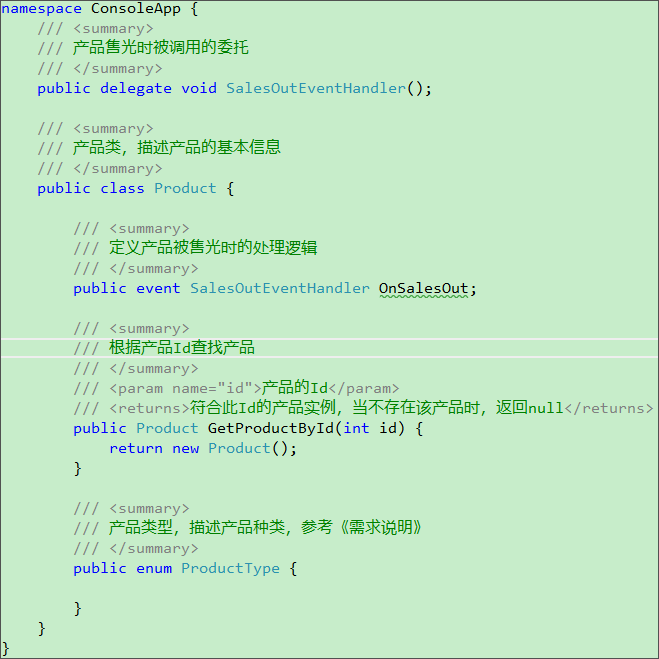|
|
在應(yīng)用開發(fā)中,我們經(jīng)常需要設(shè)置一些上下文(Context)信息,這些上下文信息一般基于當(dāng)前的會話(Session),比如當(dāng)前登錄用戶的個人信息;或者基于當(dāng)前方法調(diào)用棧,比如在同一個調(diào)用中涉及的多個層次之間數(shù)據(jù)。在這篇文章中,我創(chuàng)建了一個稱為ApplicationContext的組件,對上下文信息進行統(tǒng)一的管理。[Source Code從這里下載]
一、基于CallContext和HttpSessionState的ApplicationContext
如何實現(xiàn)對上下文信息的存儲,對于Web應(yīng)用來說,我們可以借助于HttpSessionState;對于GUI應(yīng)用來講,我們則可以使用CallConext。ApplicationContext完全是借助于這兩者建立起來的,首先來看看其定義:
1: using System;
2: using System.Collections.Generic;
3: using System.Runtime.Remoting.Messaging;
4: using System.Web;
5: namespace Artech.ApplicationContexts
6: { 7: [Serializable]8: public class ApplicationContext:Dictionary<string, object>
9: {10: public const string ContextKey = "Artech.ApplicationContexts.ApplicationContext";
11: 12: public static ApplicationContext Current
13: { 14: get 15: {16: if (null != HttpContext.Current)
17: {18: if (null == HttpContext.Current.Session[ContextKey])
19: {20: HttpContext.Current.Session[ContextKey] = new ApplicationContext();
21: } 22: 23: return HttpContext.Current.Session[ContextKey] as ApplicationContext;
24: } 25: 26: if (null == CallContext.GetData(ContextKey))
27: {28: CallContext.SetData(ContextKey, new ApplicationContext());
29: }30: return CallContext.GetData(ContextKey) as ApplicationContext;
31: } 32: } 33: } 34: } NET技術(shù):如何實現(xiàn)對上下文(Context)數(shù)據(jù)的統(tǒng)一管理 [提供源代碼下載],轉(zhuǎn)載需保留來源!
鄭重聲明:本文版權(quán)歸原作者所有,轉(zhuǎn)載文章僅為傳播更多信息之目的,如作者信息標(biāo)記有誤,請第一時間聯(lián)系我們修改或刪除,多謝。



